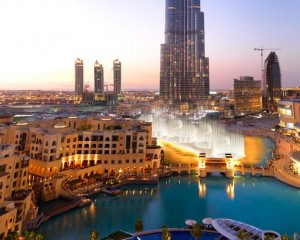Source: www.arabianbusiness.com
Arab construction projects have wowed the world in recent years, and there is a lot more to come.

The opening of the Burj Khalifa in 2009 represented just the latest in a stream of projects over the course of the last 60 years that have shaped the Arab world. The Burj – the cost of which weighed in at $1.5bn – dwarfs other supertalls across the city of Dubai, and is the first time the Middle East has retained the title of the world’s tallest building since the Great Pyramid was overtaken by England’s Lincoln Cathedral in the 14 century.
More recently, the highly ambitious Aswan Dam – which cost around $1bn – resulted in the formation of Lake Nasser, which stretches hundreds of kilometres back into Sudan, and which contains a whopping 111 cubic kilometres of water.
In addition, the Ras Tanura Sea Islands – man-made structures built to help serve the 9,000 tankers that visit Saudi Arabia’s ports every year – were completed in the 1970s, and will be supplemented by a $27bn integrated petrochemicals complex by 2015.
From new causeways to giant mosques, museums and man-made islands, architects and engineers all over the world have flocked to the Middle East to test cutting-edge technology.
The achievement of the Burj is just one of the many reasons why figures like Emaar chairman Mohammed Alabbar rank so highly on our list in fifth place.
But the future is set to bring many more megaprojects onstream soon. The proposed one-mile tall Kingdom Tower has been given the green light, and – more prosaically – billions will be poured into infrastructure, transport and energy projects in Saudi Arabia and Qatar, especially, over the next few years.












